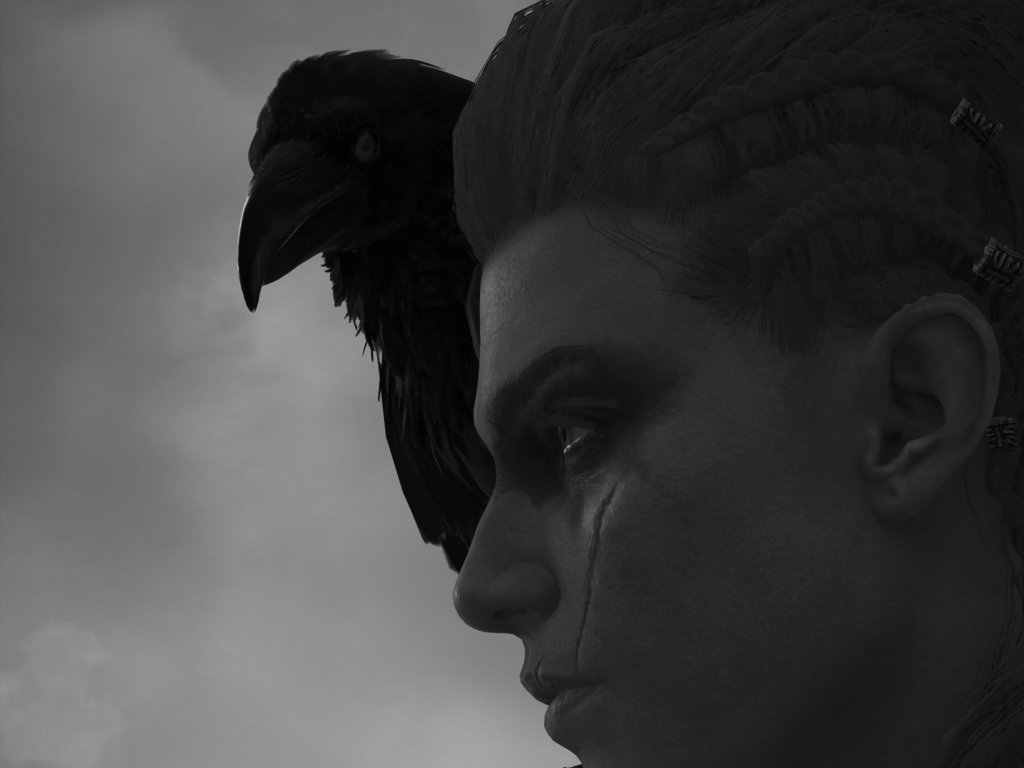Assassin’s Creed Valhalla, guide to photo mode

The new chapter of the series, of course , has not abandoned this path, proposing a formula already tested and well calibrated in the past years.
Let's see what are the news and peculiarities related to the title in this guide to the photo mode of Assassin's Creed Valhalla.
The characteristics of the photo mode
If you have already had the opportunity to try Assassin's Creed Origins and Odyssey, you will immediately find yourself at ease in front of the photo mode of Assassin's Creed Valhalla, as it is essentially identical to the previous ones two.As usual, the photographic mode is divided into two "tabs", one dedicated to the movement of the virtual camera within the game world to choose the best shot (with ssibility to zoom and rotate up to 90 °), the other dedicated to the management of various parameters (exposure, depth of field, saturation, etc.).
The elements at our disposal are not too numerous (we are not to the levels of Days Gone's "almost Photoshop", so to speak), but they are absolutely essential for making excellent shots.
From personal experience, we can guarantee that, in-game, the ability to freely move the camera and adjust the depth of field for stunning images. Everything else is certainly welcome, but it is not decisive, especially if you then intend to carry out more in-depth post-production work.
Spoiled for choice
The game worlds of Assassin's Creed have always been full of breathtaking, extremely suggestive and attractive landscapes. Consequently, for all those looking for subjects to immortalize there is truly spoiled for choice.Between Norway and England, two very different lands, with evocative and changing landscapes depending on the time of day, you just literally have to let yourself be carried away by the waters on board your drakkar to find points of interest that are always different and particular, perhaps illuminated by the first light of the morning or by the warm rays of sunset. Especially in the Anglo-Saxon regions you will have the opportunity to experience large monasteries, pastoral scenes, buildings with early Romanesque influences and ancient ruins dating back to the Roman Empire.
The large inhabited centers are particularly interesting, sites of a mixture of past and present, where different periods of the history of art find an unstable harmony. It is always very impressive to see cities that grow on the remains of what the Romans left behind, whose ramparts are nothing more than the ruins of an old fort or some other now forgotten cultural center.
If architecture doesn't you like it enough, there are always splendid natural landscapes waiting for you, including rivers that sparkle in the sunlight, mammoth waterfalls and snow-capped peaks.
But not just game environments. Assassin's Creed Valhalla, while not always making you pull your hair on a technical level, is also suitable for composing portraits or, even better, immortalizing combat sequences. The extreme brutality of the clashes allows you to freeze moments of pure dynamism. It goes without saying that raids are the best times to shoot this kind of shots.
And don't forget Synin, Eivor's crow who always follows you from above. The photo mode is also available when we check it, which allows us not only to be able to take shots from much higher points (perhaps capturing the battlefield from above), but also to make it the protagonist of many of our shots.
Some tips for using the photo mode
Before we leave you, we want to share with you some tips that can help you orient yourself, especially if you are new to the photo mode of the saga.First of all, we feel compelled to report what appears to be a bug. Occasionally, in fact, the depth of field does not work properly, always leaving the bottom in focus, as if there was a constant hyperfocal distance, despite moving the cursor of the focus point on an element in the foreground or going to act directly on the percentage of depth of field. This tends to go away once a load occurs or the game reloads, but after a few hours of play it doesn't hesitate to come back.
We don't know when or if Ubisoft will fix this flaw, but we hope this will happen. as soon as possible, perhaps already with the next patch.
For the rest, our advice is to always use a minimum depth of field, especially if you are making portraits or are very close to different objects, so as not only to make the subject of your photo stand out, but also to attenuate any undefined details or not exactly exciting textures.
We also seemed to understand that, unlike the previous chapters set in Egypt and in Greece (where even the hottest hours of the day were able to enhance the Mediterranean views), the game world makes it much more during sunrise and sunset.
In particular, we would like to recommend the first period of thu born to immortalize the snow-covered territories (especially those of Norway), while the latter to capture the English riverways in all their splendor, especially in the vicinity of medium-large settlements, where you can also come across some beautiful Roman bridges.
In the latter cases, we recommend that you include your drakkar in the shots, as it can very often give that extra touch of personality that could be used in the shot.
This was our guide to photo mode by Assassin's Creed Valhalla. Maybe in the coming months we will return to talk about the latter in relation to the game environments, extremely varied and full of interesting possibilities that continue to offer themselves during our games.
In the meantime, tell us yours in the comments and share with us and the other users your best shots.